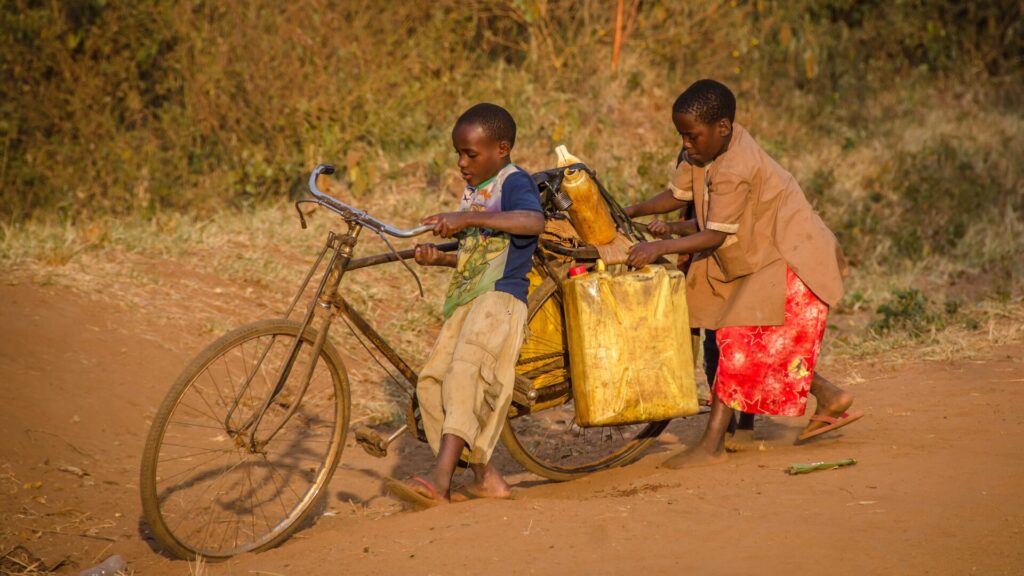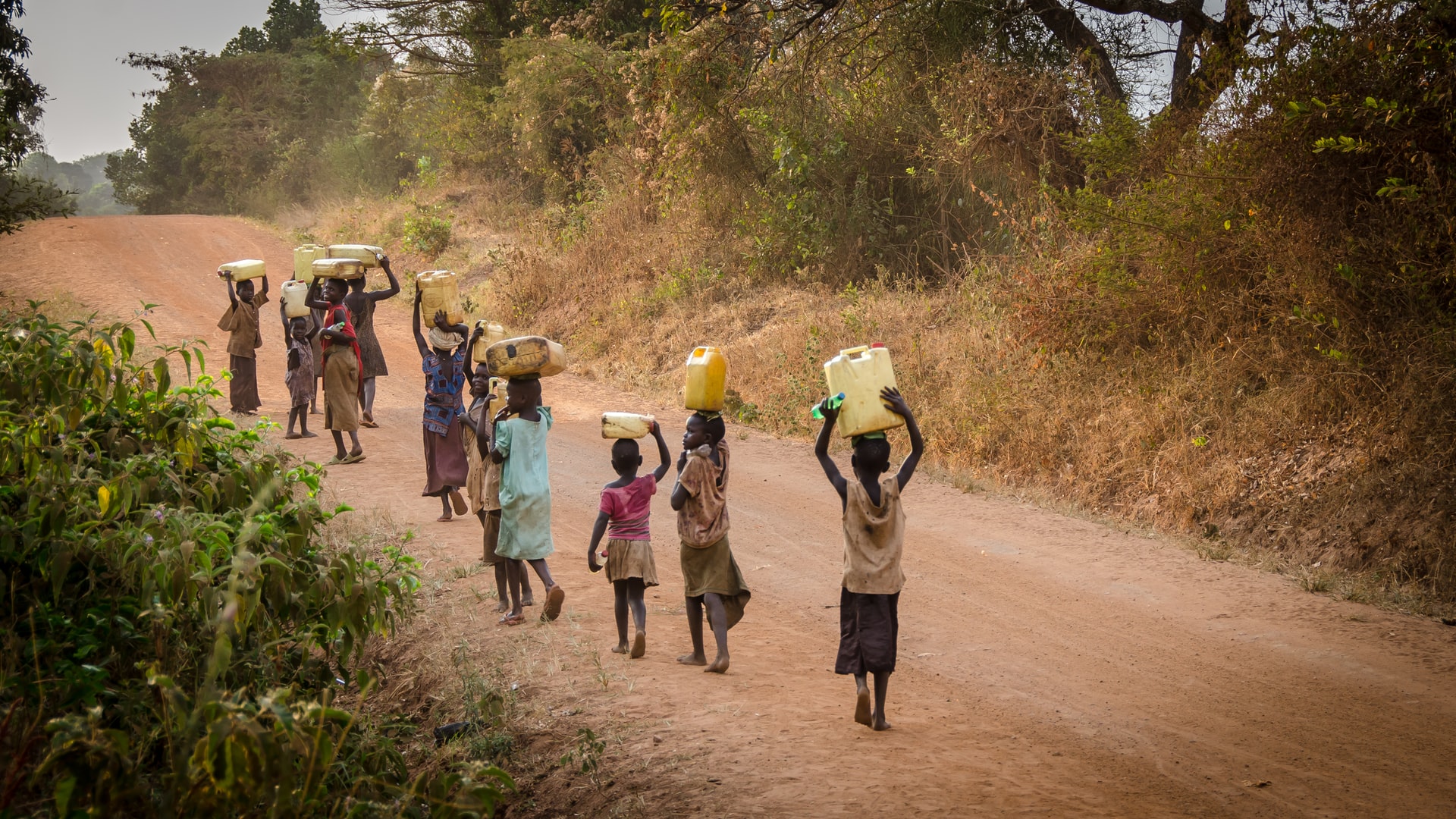Beyond COVID-19, A Looming Water Crisis
The COVID-19 pandemic has cast a fear of the unknown. Governments, businesses and individuals have all been affected – both by the outbreak as well as the efforts to contain it. Fiscal stimulus measures have been announced by governments worldwide and the need to upgrade healthcare infrastructure is widely acknowledged.
Indeed, these efforts cannot be discredited but let us also take cognizance of the fact that there are pressing matters that existed well before COVID-19, and they demand as much urgency in response.
A Grim Water Reality
Water is an essential commodity and human sustenance is dependent on it. However, its seemingly easy availability may have led to complacency in how we have used it. According to a UN estimate, there are over 2 billion people globally living in countries faced with acute water scarcity. In terms of impact to society, water shortage is ranked fourth.
South Africa drew worldwide attention in 2018, when it was announced that Cape Town—one of the country’s major cities—was going to possibly run out of water. There were austere measures implemented because water levels had receded so drastically. There were limits imposed on daily water usage levels, with strict fines for violators. The city has been able to replenish its reservoirs by using strict measures, and assuming pre-emptive steps now in vulnerable regions can avert possible disasters.
Challenges Posed by Population Growth and Climate Change
The rising global population is paramount in driving this crisis. Changing lifestyle and growing demand for food are fueling intensive farming models, which demand high levels of water consumption. Climate change is a complementary facet, altering as it has seasonal cycles – bringing droughts and in some places, excessive rainfall. The February 2020 floods in Jakarta caused water levels to surge as high as 5 feet in some places, leading to the displacement of several thousand in a city of almost 30 million inhabitants. Such events are likely to occur more frequently and have already increased by more than 50 percent according to the 2020 United Nations World Water Development Report.
Rising temperatures—another climate change fallout—is spurring the growth of harmful algae blooms polluting fresh water lakes and estuaries. As much as 60 percent of China’s lakes have been rendered toxic due to high levels of harmful algae blooms. This is a huge number considering millions rely on these fresh water sources for their daily consumption.

Water Positive Initiatives
Governments and multinational organizations are launching initiatives to tackle this crisis. Erratic climatic conditions have meant reduced rainfall in certain regions. Singapore, for example, had to rely heavily on external sources to meet its water demand. Its government launched the NEWater project in 2003, a water reclaiming initiative that treated used water through a three-stage purification process, making it potable for industrial and consumer use. This initiative has been successful in fulfilling 40 percent of Singapore’s current water needs and is expected to meet up to 55 percent of its future water demand by 2060.
The Middle East and North African region is considered the most vulnerable to acute water shortage in the coming decade. The Sahara Forest Project uses solar energy to turn seawater into fresh water that has been used for agriculture. The pilot project proved successful in Qatar, and similar projects have since been set up in Jordan and Tunisia.
Multilaterals such as the UN are also spearheading initiatives that address the global water crisis. The UN Water is a conglomeration of several global members, partners and donors that inform, monitor and report on emerging water and sanitation trends to inspire action to meet its 2030 Agenda for Sustainable Development.
Businesses are also leading the fight to conserve water. Water is a crucial ingredient in beverage production and conserving it is imperative for its future. For instance, Coca Cola has instituted a rigorous process to reduce its water use ratio in five of its production facilities in the US. This has resulted in a 25 percent decrease in water consumption since 2006, saving 1 billion liters of water.
Water Security Has Wider Implications
Overlooking water scarcity issues could result in security breaches, as has often been the case with any scarce resource. In an added threat, as many as 700 million people could be displaced by 2030 due to intense water scarcity. Even more alarmingly, a recent study by the Strategic Foresight Group estimates that if environmental degradation continues to put unsustainable pressures on global water resources, 45 percent of global GDP and 52 percent of global population could be at risk by 2050. These numbers can no longer be ignored.
Water governance and climate action policies must synergize to develop coordinated solutions addressing water and climate impacts at all levels. Policies that integrate water and climate issues also ensure availability of clean water supply at affordable costs to vulnerable regions. This cooperation could possibly lead to additional funding for water-related projects, creating other benefits such as job creation, poverty reduction and improved public health, among others. An economy that is robust in terms of water security and resilience against extreme climatic events also sees an increase in economic investments.
While discourse on COVID-19 has consumed media and opinion in recent times, it is important we don’t lose sight of other critical issues that plague us. António Guterres, Secretary-General of the United Nations, highlighted the severity of the issue while launching the International Decade for Action on Water for Sustainable Development in 2018. He said: “Safe water and adequate sanitation underpin poverty reduction, economic growth and healthy ecosystems. They contribute to social well-being, inclusive growth and sustainable livelihoods. But, growing demands for water, coupled with poor water management, have increased water stress in many parts of the world. Climate change is adding to the pressure – and it is running faster than we are…By 2050 at least one in four people will live in a country where the lack of fresh water will be chronic or recurrent. Without effective management of our water resources, we risk intensified disputes between communities and sectors and even increased tensions among nations…Quite simply, water is a matter of life and death.”




